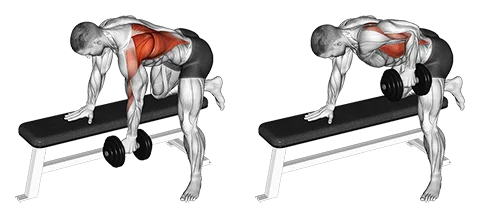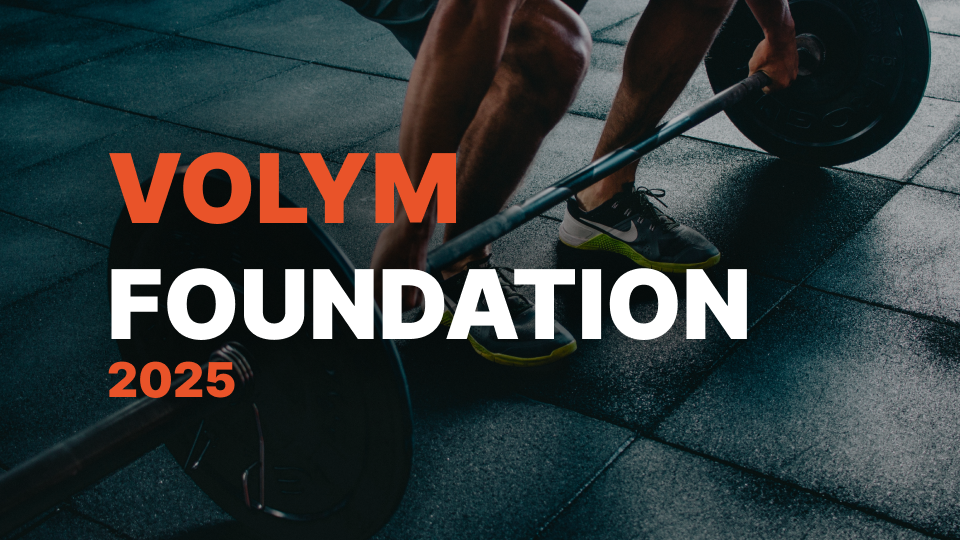Introduction
The "Dumbbell Bent Over Row One Arm" exercise targets the back muscles, particularly the rhomboids, latissimus dorsi, and erector spinae. It primarily strengthens these muscle groups while also improving posture. This unilateral (one-arm) movement is effective for specific fitness goals like correcting muscular imbalances, enhancing functional strength, and promoting core stability in daily activities and sports.
Muscles Worked
- Primary: Latissimus Dorsi, Rhomboids, Middle Trapezius
- Secondary: Biceps Brachii, Erector Spinae, Forearm Flexors
How to Do It (Step-by-Step)
- Stand with your feet shoulder-width apart, holding a dumbbell in one hand and letting the other arm hang down at your side, while keeping your back straight and knees slightly bent.
- Bend forward from the waist, allowing the weight to hang directly in front of you, keeping your spine neutral and engaging your core.
- Keeping your back flat, row the dumbbell up towards your chest by driving your elbow behind you, while keeping your shoulders down and avoiding lifting your torso or rotating your body. Exhale as you do this.
- Pause for a moment at the top of the movement, squeezing your back muscles.
- Lower the dumbbell under control until it hangs in front of you again, and repeat the movement with the other arm.
- Tip: Maintain a slow, controlled tempo to maximize muscle activation and minimize risk of injury.
Rep & Rest Guidelines
- Strength: 4–6 reps, 2–3 min rest
- Hypertrophy: 8–12 reps, 60–90 sec rest
- Endurance: 12–20 reps, 30–60 sec rest
Enhance your workouts with Auto Progression and streamline your rest periods using the Rest Timer.
Form Tips
- Maintain a neutral spine and avoid rounding the back during the exercise. Keep your core engaged to protect your lower back.
- Bend at the hips, not at the waist, keeping your back flat and knees slightly bent. This will help you maintain balance and prevent injury.
- Use a dumbbell weight that challenges you but allows for proper form. Control the motion, focusing on a slow and deliberate rowing motion to fully engage the target muscles (rhomboids, erector spinae, and deltoids).
When to Use It
- Strengthening the upper back and improving posture in daily life
- Targeting one arm at a time for muscle imbalance correction and better functional strength
- Isolating and building lower back muscles while maintaining good form during compound movements
Strengthen your workout routine with Workout History
The dumbbell bent over row one arm targets the latissimus dorsi, rhomboids, and erector spinae muscles.
Performing this exercise one arm at a time allows for better focus on muscle engagement, balance, and coordination.
A dumbbell (or two if you don't have an adjustable one) is required for the dumbbell bent over row one arm.
For beginners, try 2-3 sets of 8-12 reps per arm. Adjust as necessary based on your fitness level.
Yes, it is normal to feel some soreness in the back muscles after performing this exercise due to muscle activation and tissue damage.


